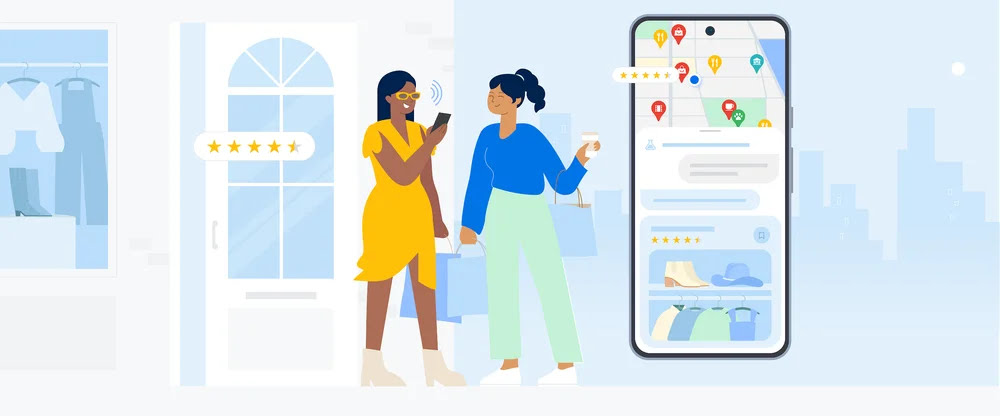
The ecommerce landscape constantly evolves, embracing new technologies to connect with customers. Exploring virtual reality’s potential in this space holds promise for merchants seeking unique, lasting interactions with their clientele.
Introduction:
The ecommerce realm evolves alongside consumer behavior and emerging technologies. Integrating every innovation isn’t feasible, yet ignoring new advancements isn’t wise.Virtual reality (VR) presents an avenue for merchants to create novel experiences, foster customer relationships, and leave a lasting impact.
Understanding Virtual Reality in Ecommerce:
Virtual reality immerses users in a simulated environment through 360-degree content or sophisticated headset devices like HTC Vive or Oculus Quest. Retailers harness VR to enhance in-store experiences or replicate the benefits of physical shopping online.
Distinguishing Virtual Reality from Augmented Reality: VR offers a completely simulated environment, while augmented reality (AR) overlays digital elements onto the real world through devices like smartphones. Mixed reality (MR) combines both, while Extended reality (XR) covers all sensory-enhancing technologies.
Applications of VR in Ecommerce
Tailored Product Design Virtual Reality empowers users to personalize items such as furniture, apparel, and automobiles in a 3D setting, delivering a unique shopping encounter. Brands like Nike and BMW provide customization features within their VR applications, enabling customers to craft their ideal shoes or cars before making a purchase.
Interactive Shopping Adventures Some businesses infuse gamification into their online platforms using VR, crafting immersive shopping experiences that captivate and entertain users. Alibaba’s Buy+ VR shopping platform, for instance, transports users to a virtual mall where they can explore stores, interact with products, and complete purchases.
Virtual Exhibition Spaces and Retail Outlets Retail leaders such as IKEA and Amazon are establishing virtual storefronts and showrooms, enabling customers to explore merchandise in a three-dimensional space, aiding informed buying choices. IKEA’s VR app, IKEA Place, allows users to virtually navigate showrooms and visualize furniture within their living spaces. Amazon’s Sumerian platform empowers businesses to create immersive virtual stores, elevating customer engagement.
Digital Dressing Rooms Companies like Fitnect and Metail provide virtual fitting room solutions, enabling customers to virtually try on clothing items, ensuring the right fit and minimizing returns. Gap’s DressingRoom app, for instance, permits users to select a virtual mannequin matching their body type, facilitating the virtual trial of clothing.
360-Degree Product Perspectives Through VR, shoppers gain access to 360-degree product views, enabling comprehensive examination from every angle, bolstering their confidence in purchases. Retailers like eBay and ASOS incorporate 360-degree product views into their platforms, aiding customers in making well-informed decisions.
Immersive Product Demonstrations VR facilitates interactive product demonstrations, enabling customers to experience product functionality before buying. Lowe’s Holoroom Test Drive allows customers to virtually operate power tools within a secure simulated environment.
Immersive Travel Planning Travel agencies like Expedia and Thomas Cook leverage VR to showcase destinations, allowing customers to virtually explore potential vacation spots prior to booking. Expedia’s VR app, for instance, provides 360-degree tours of hotel rooms and local attractions, offering a preview of desired destinations.
VR-Powered Training and Education E-commerce platforms offer VR-based educational content to enhance customers’ understanding and usage of products. Sephora’s Virtual Artist feature, for example, employs step-by-step VR tutorials to teach makeup application techniques.
Virtual Art Galleries and Auctions Online art platforms like Artsy and Paddle8 integrate VR, allowing users to virtually tour galleries and bid on artwork. This enriches the art buying experience and broadens accessibility to art beyond traditional gallery settings.
Virtual Brand Engagements Companies host virtual events, such as product launches and fashion shows, using VR to engage customers and generate excitement around their brand. Examples include Balenciaga’s virtual fashion show and Volvo’s VR car launch, demonstrating how brands utilize VR to showcase their latest offerings and create buzz.













